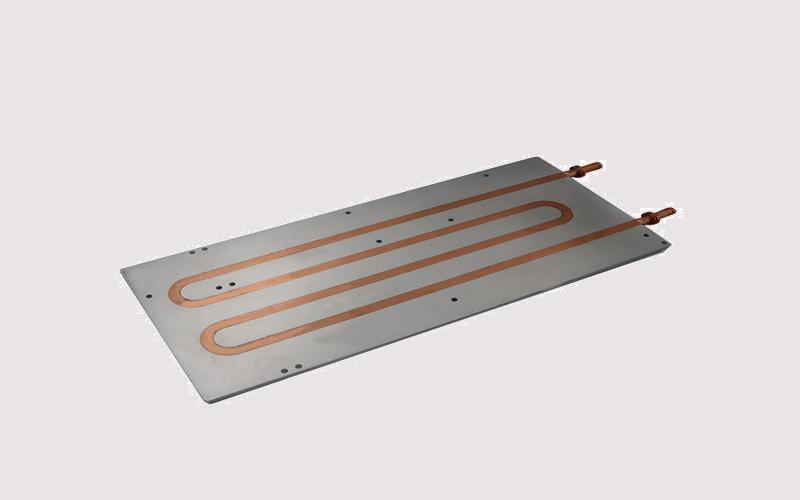The Importance of Thermal Management in Electronics
In today's world, electronic devices are becoming smaller, more powerful, and more compact. As a result, they generate a significant amount of heat that needs to be effectively managed. Overheating can lead to reduced performance, system failures, and even safety hazards. This is where cooling plates come into play, offering an efficient solution for thermal management in electronics.
What are Cooling Plates?
Cooling plates, also known as heat sinks, are passive cooling components that help dissipate heat generated by electronic devices. They are typically made of materials with high thermal conductivity, such as aluminum or copper, and are designed to absorb and spread heat away from hot components.
Enhancing Heat Dissipation
Cooling plates work by providing a large surface area for heat transfer. The increased surface area allows for better contact with the surrounding air or a cooling medium, such as a liquid or a gas. This facilitates the dissipation of heat into the environment, preventing the electronic components from overheating.
Improved Airflow and Convection
By using cooling plates, the airflow around electronic components can be improved. The fins or ridges on the cooling plate create turbulence in the surrounding air, enhancing the heat transfer process. This convection effect helps to dissipate heat more efficiently and maintain lower temperatures within the electronic device.
Thermal Interface Materials
Thermal interface materials (TIMs) play a crucial role in optimizing the performance of cooling plates. These materials, such as thermal greases or thermal pads, are placed between the electronic component and the cooling plate to improve the thermal contact and minimize any air gaps. TIMs ensure maximum heat transfer and reduce thermal resistance, leading to better overall thermal management.
Customizable Designs for Specific Applications
Cooling plates can be customized to meet the specific requirements of different electronic applications. Whether it's a computer processor, a power module, or an LED driver, cooling plates can be designed and manufactured to fit the exact dimensions and thermal needs of the device. This flexibility allows for optimal thermal management in various electronic systems.
Integration with Liquid Cooling Systems
In some cases, passive cooling alone may not be sufficient to dissipate the heat generated by high-power electronic devices. Cooling plates can be integrated into liquid cooling systems, where a liquid coolant circulates through channels within the plate, absorbing heat and carrying it away. This combination of passive and active cooling provides enhanced thermal management capabilities.
Reducing Hotspots and Temperature Variations
Hotspots are localized areas within an electronic device where heat is concentrated, often leading to temperature variations. Cooling plates effectively spread out the heat across their surface, minimizing hotspots and temperature variations. This ensures more uniform temperature distribution, promoting better performance and reliability of the electronic system.
Long-Term Reliability and Extended Lifespan
By efficiently managing heat, cooling plates contribute to the long-term reliability and extended lifespan of electronic devices. Excessive heat can degrade electronic components over time, leading to premature failures. With proper thermal management using cooling plates, the operating temperatures can be kept within safe limits, preserving the integrity and longevity of the electronics.
Applications in Various Industries
Thermal management is crucial in a wide range of industries, including automotive, aerospace, telecommunications, and consumer electronics. Cooling plates find applications in electric vehicle battery systems, satellite electronics, telecommunications infrastructure, and high-performance computers, among others. Their ability to improve thermal management makes them an essential component in these industries.
The Future of Cooling Plates
As electronic devices continue to evolve and become more powerful, effective thermal management becomes increasingly important. Cooling plates will continue to play a vital role in ensuring the reliable performance and longevity of electronics. Ongoing research and development efforts aim to enhance the design and performance of cooling plates, leading to even more efficient thermal management solutions.

